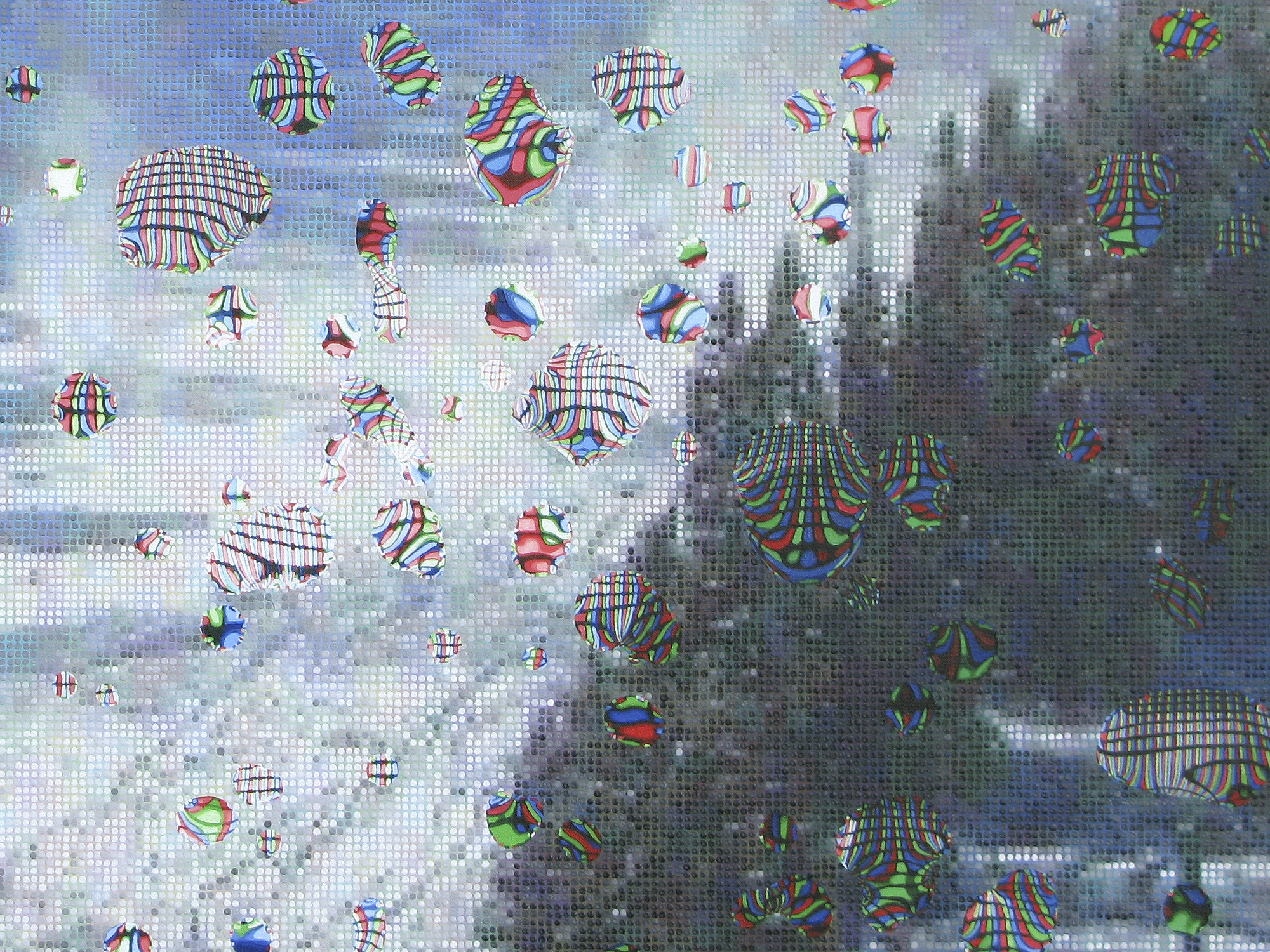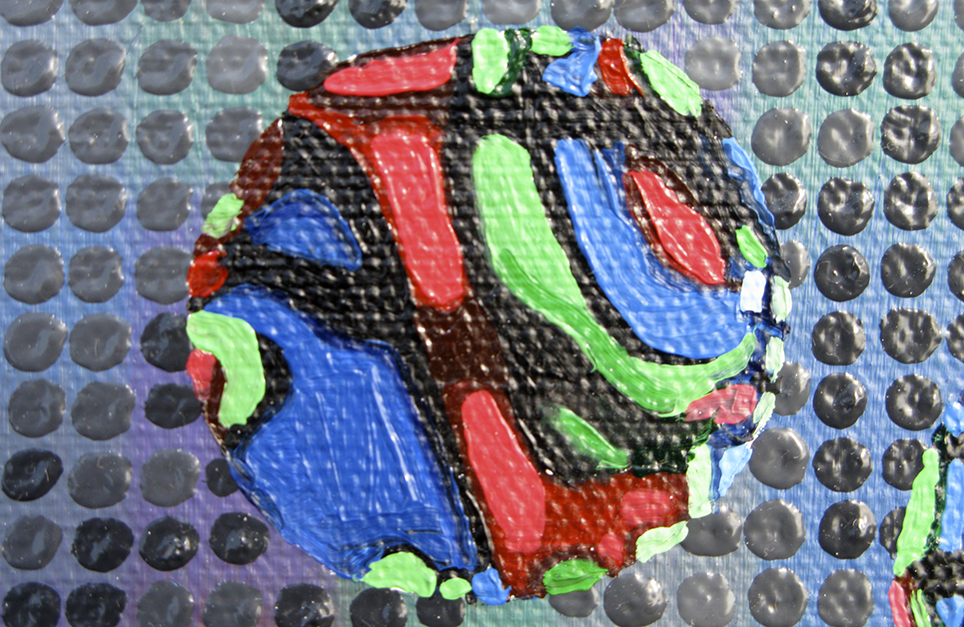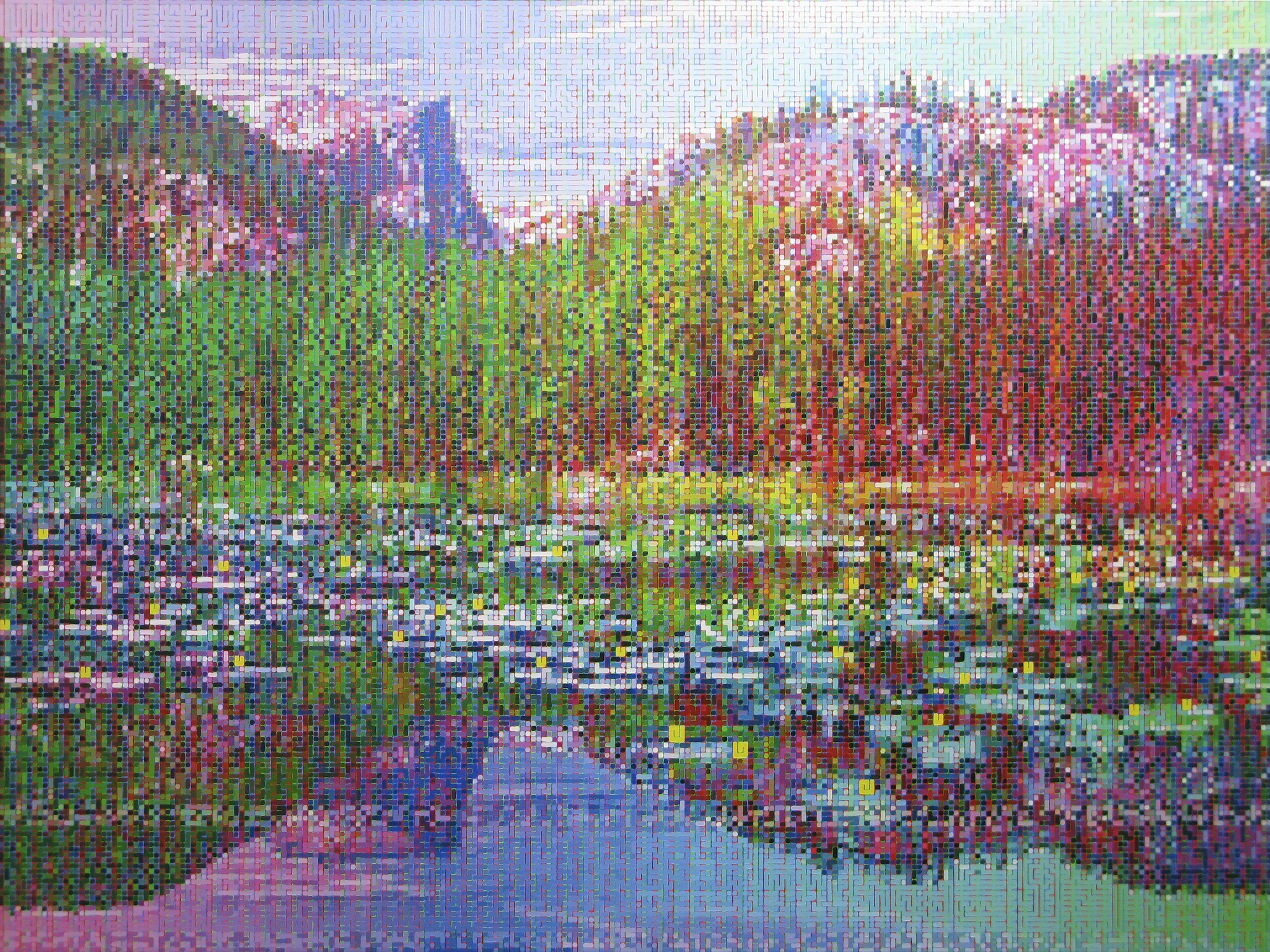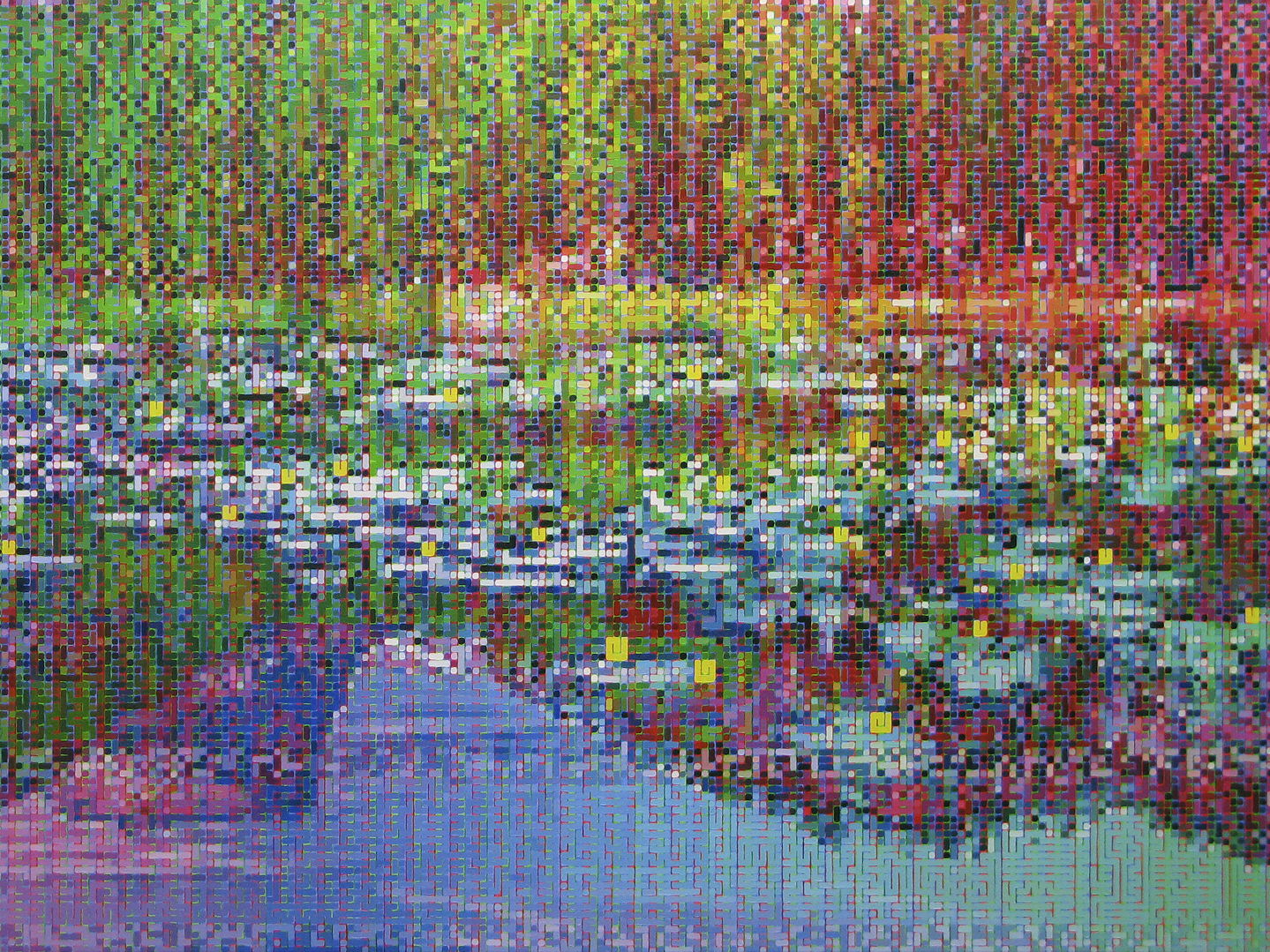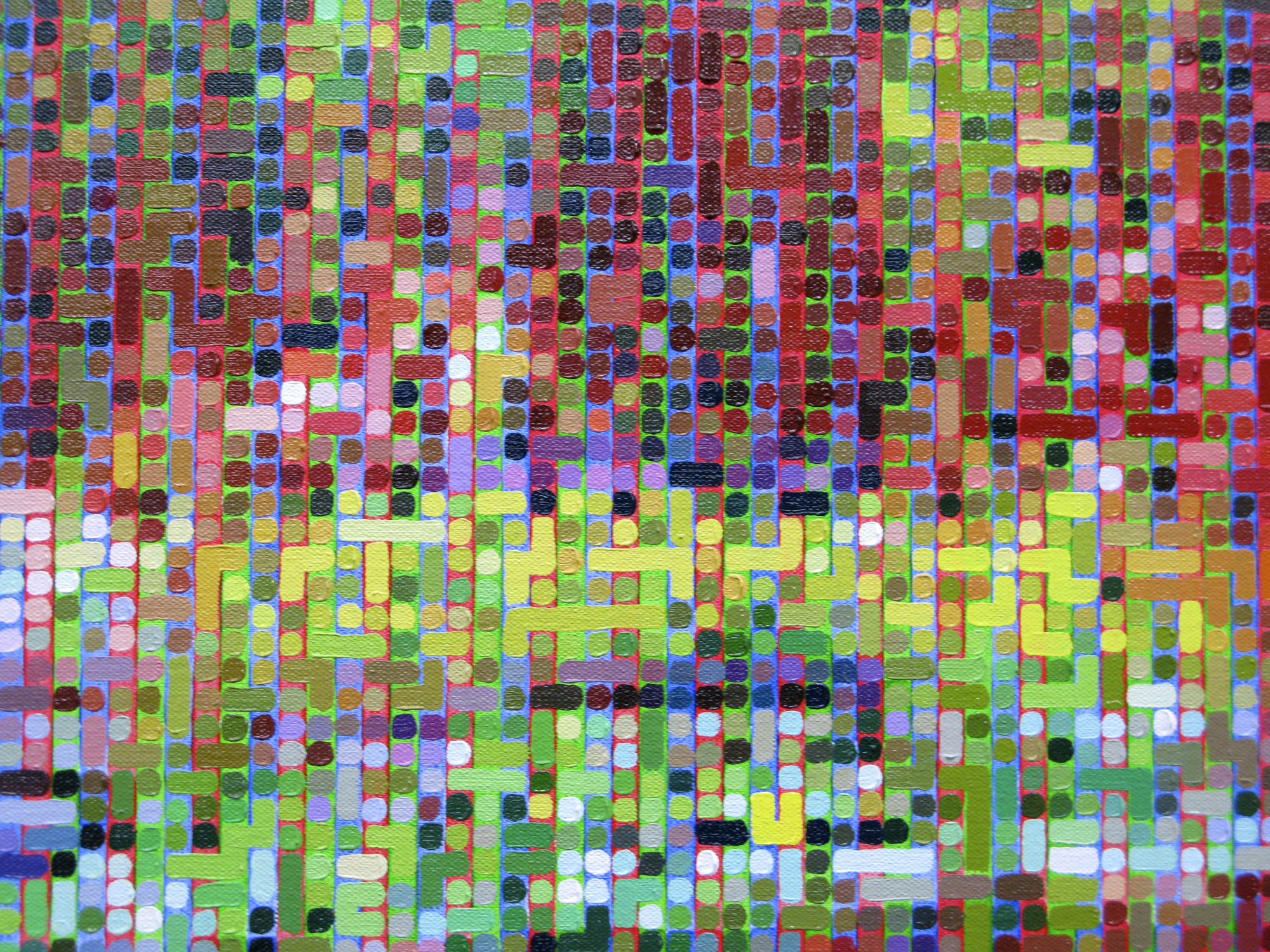Exhibition Launch: Wed 7 Dec 6-8.30pm All Welcome
We have become habituated to the screen’s presence, not just in the cinema or living room, but on mobile telephones, advertising hoardings and computer interfaces. It has colonised the art gallery, its increasingly high definition and contrast ratio blinding the viewer to its mediating presence. And what about the genre of landscape today, beyond the latest BBC wildlife spectacular, computer simulated Hollywood blockbuster, video game, or Google Earth?
The hi-tech screen threatens to mask an elemental experience of the world with a transparent optical illusion, a virtual window replacing multi-sensory and visceral encounters. Other forms of representation present material and tactile surfaces that offer the viewer flawed equivalents to the vagaries of human perception. For example, the simple anomaly of the photographed sun having the luminosity of white paper; the swirling meteorology of film grain, analogue video, or digital image compression; or the agglomeration, stratification and erosion of paint on canvas over time.
Using low-resolution images of landscape gleaned from the Internet as his starting point, Dan Hays constructs paintings that question the technology-driven obsession with high definition optical verisimilitude, and the passive observer this configures. Connections to the history of landscape painting, between the classical and the sublime, or Impressionism and Symbolism, are not explicit. More, they are shown to be a latent quality of any fugitive frame of YouTube video or crudely positioned ski-resort or traffic webcam. These images tend towards abstraction through disintegration, suggesting a broader sense of longing for something lost.
Hays’ paintings present a paradoxical visual realm where immaterial pixel and physical brushstroke coalesce. The digital screen’s icy crystalline matrix, seamless deliverer of watery flows of information, is rendered by pigmented oily mud on a weave of fabric.
Screen as Landscape is a Research Statement Exhibition forming part of Dan Hays’ Fine Art PhD thesis with the Contemporary Art Research Centre, Kingston University, to be completed in early 2012. Since graduating from Goldsmiths College in 1990, he has exhibited widely, both nationally and internationally. He was the winner of the John Moores prize for Painting in 1997.



